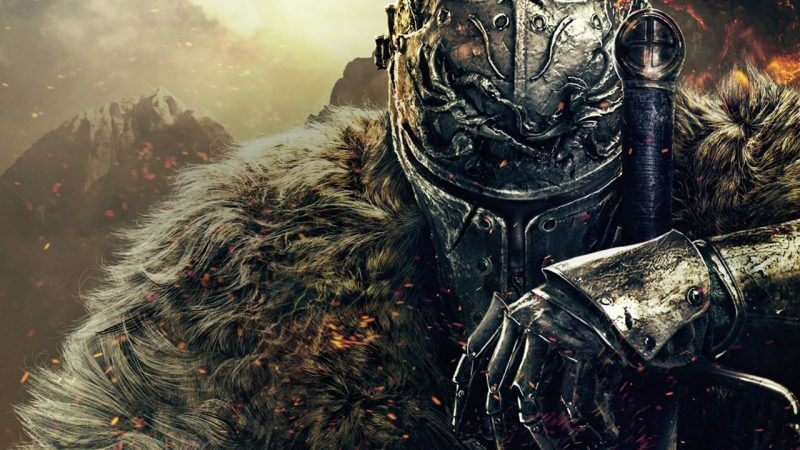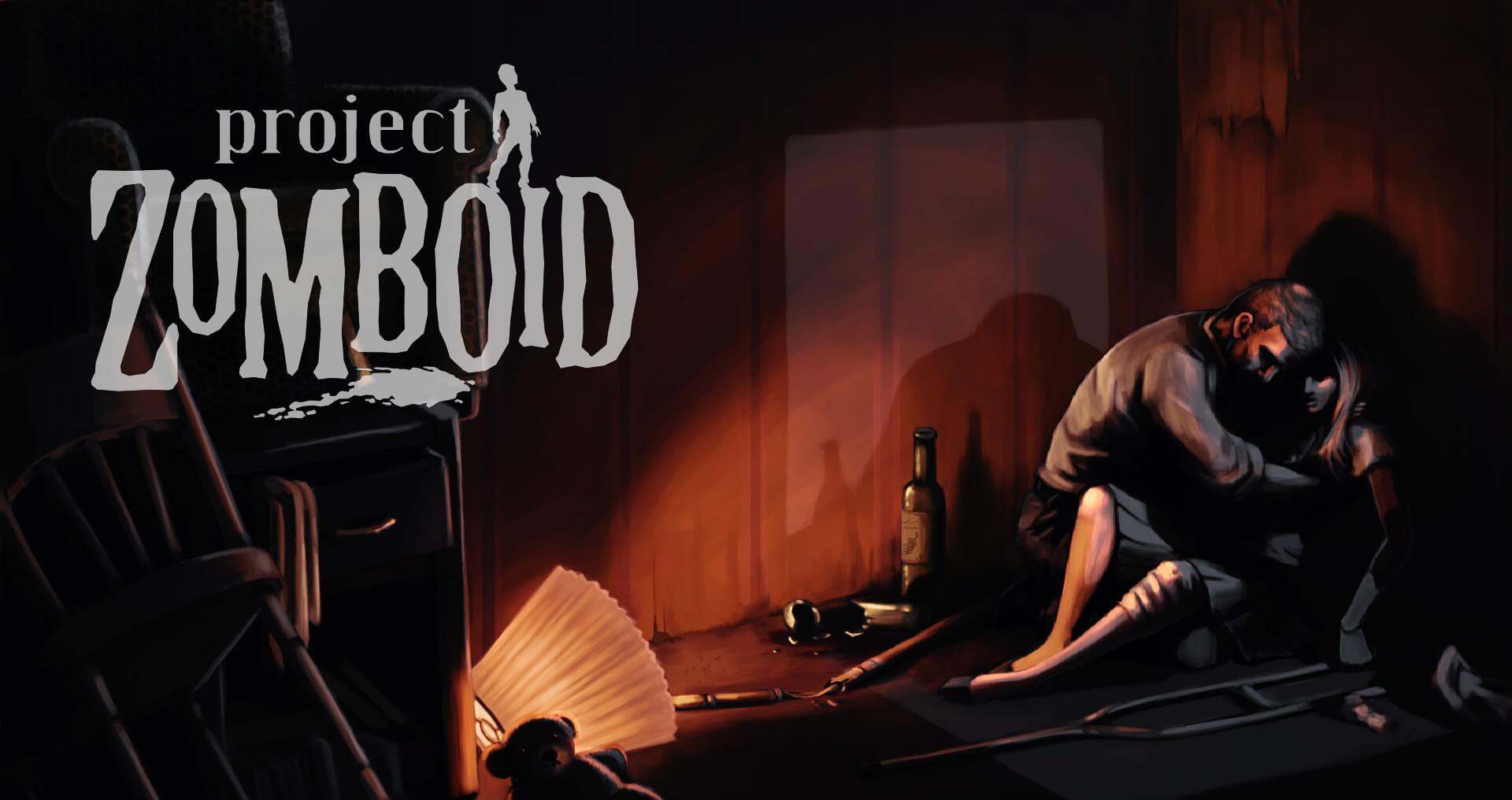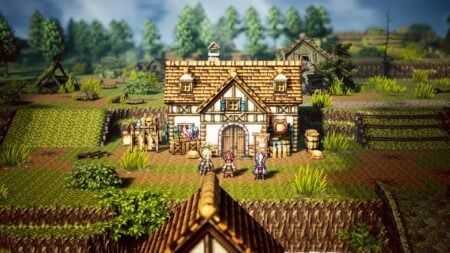Skip To...
One of the most enjoyable things about gaming is the challenge. Sure, there are as many reasons to play as there are players, but you would be hard pressed to find something that calls itself a game that lacks some kind of difficulty. Puzzle games strain your mind while action titles strain your reflexes. MMOs push your teamwork while strategies test your tactics. Each and every game challenges us in different ways, on different terms, and to different levels, but when does that challenge go awry? At what point does a game become arbitrarily difficult, when is the fun extinguished?
That, in part, could simply be due to artificial difficulty.

What is artificial difficulty?
You may have heard the term bandied about in any number of contexts, and there are several different interpretations of what “artificial difficulty” actually is. Some describe it as the game “cheating”, or poor design making a particular enemy, level or boss more difficult than it should be. You could encounter it as a result of a bug, a graphical error or a problem of balancing. You could even experience it when the game intentionally hides particular necessary information from you or breaks gaming conventions to a large degree without trying to tell you.
Artificial difficulty has a number of forms. Ultimately, however, artificial difficulty occurs when at the point when a game becomes unnecessarily unfair – when, either through design or by mistake, the title is so hard that it becomes a chore to play.
It’s a simple definition, but it’s one we can work with.

Is it ever permissible?
Many people hate artificial difficulty, and with good reason. It’s always frustrating, often boring and generally a result of poor design. But when does it work? Is there ever a place for artificial difficulty?
Let’s take a look at possibly the most potent paragon of good artificial difficulty: Dark Souls. Dark Souls markets itself as a hardcore game, difficulty and frequent death is an intrinsic part of the game. In some ways, you could say that artificial difficulty is the premise on which the game is built on. You try a tactic, you die, you start again, you try a different tactic, you die, you start again. You are punished, and while it often feels unfair, you still always have the opportunity to beat your enemies – even if you have to die a hundred times to learn how. When you go into a game expecting to encounter enemies that will destroy you in one hit, or unfair tactics from the AI, it somehow removes the sting.
Another form of artificial difficulty that nevertheless works is as simple as the difficulty bar. Games like Oblivion and Skyrim are particularly good examples of this. Sometimes you reach a point in the game where your character is simply too powerful, particularly in titles that have no definable “end”. At that point, artificial difficulty is really just a way for the player to swing the scale in the other direction – to bring back the challenge by fiddling with enemy stats. While it would be better if the game scaled more appropriately right up to this point, there is only so far the developers can follow you in an unlimited leveling system.
However, we are also limited by our technology, much like how retro games in the past had to rely on artificial difficulty. Yes, retro games used this now-hated method, it was simply a requirement because there were fewer technological means to create natural difficulty, as well as game design still being in its infancy. However, we still see this problem rearing its head nowadays as well. Strategy games, for example, often rely on simply giving your opponents more resources out of thin air at higher difficulty levels. One minute you are beating the snot out of an enemy nation, the next minute they are battering down your door with a horde of high-level troops that they have no right to have at that point. The AI doesn’t “play” better because it is notoriously hard to design a strategy AI that is as devious as humans. Perhaps in the future, we won’t have to rely on the crutch of such cheap tactics, but for now, it is inevitable. In these cases, artificial difficulty can be somewhat pardoned, but is still not ideal.

Power to the player
You can, on the other hand, get the best of both worlds. I am a big supporter of giving tools to the player to create their own experience. Whether that’s modding support, being able to tweak options or just outright build that into the design of the game itself, whenever a studio takes the time to give us access to the same tools they do, it makes me very warm and fuzzy inside. Project Zomboid is a perfect example of this, where you can tweak every aspect of the enemies you are fighting in a sandbox. It is a lot more complex than simply cranking up their health (though of course, that is an option), and you as the player know exactly what you are getting yourself into. Some of it will certainly be “artificial difficulty”, but if you are the person in control of it to this depth, it hardly seems to count at all.
Ultimately, artificial difficulty does have a place in some ways, but when it becomes the result of lazy or poor game design, buggy gameplay or just straight up miscommunication from the developer, that is when a title swiftly goes from “challenging, but fun” to “frustrating, and a chore”. There are plenty of ways to use artificial difficulty in the correct or at least permissible way, but as soon as you cross over that fine line between fun and frustration, you are no longer making a game: you are making a farce.






